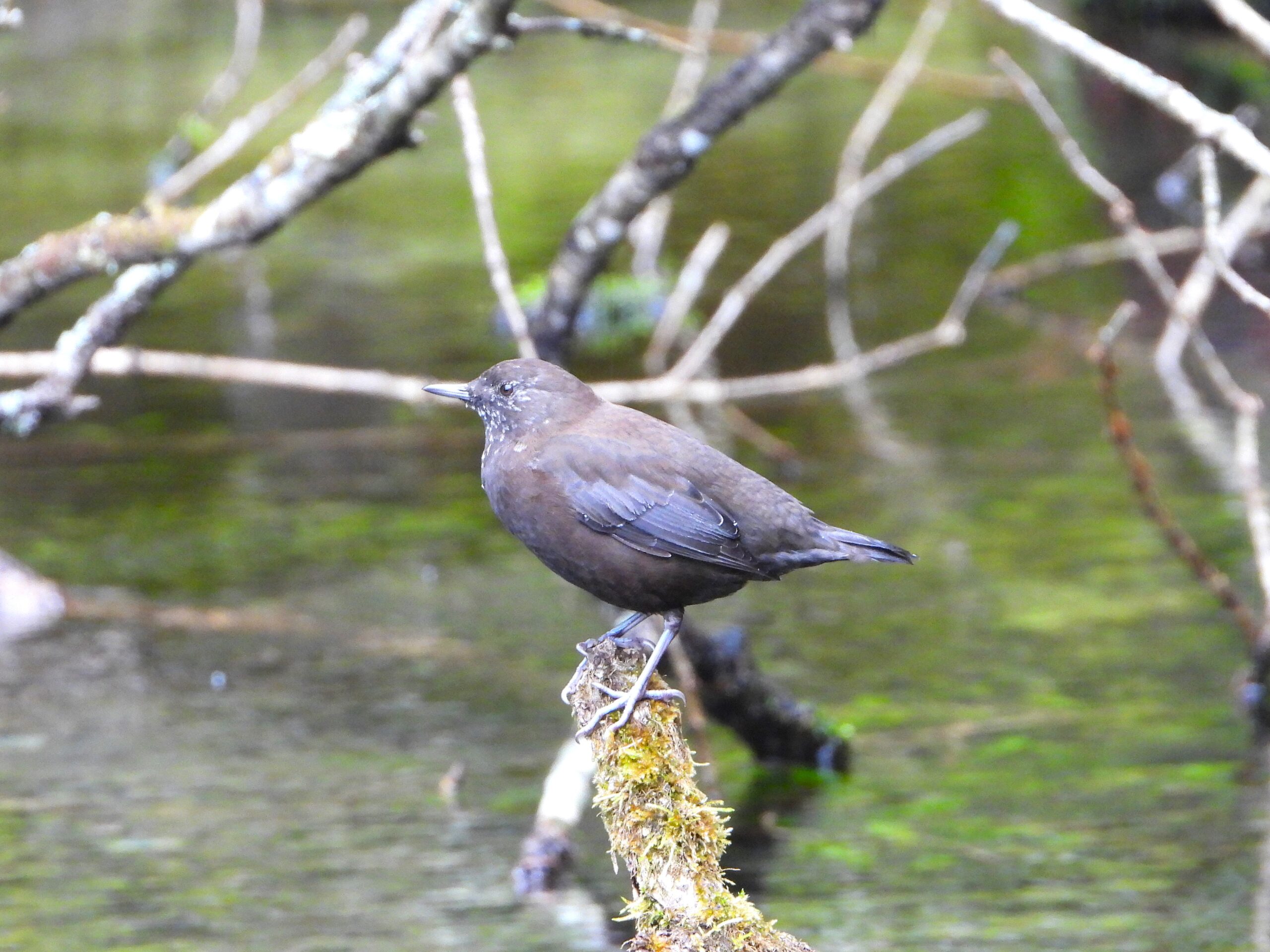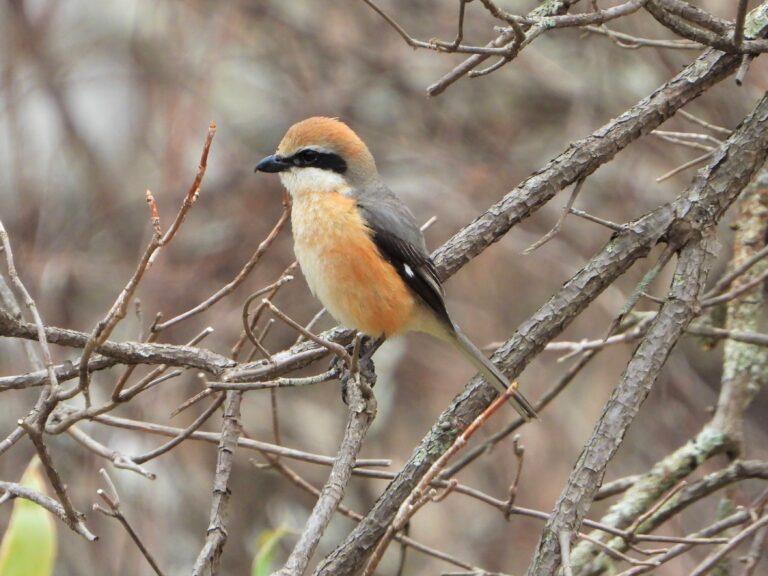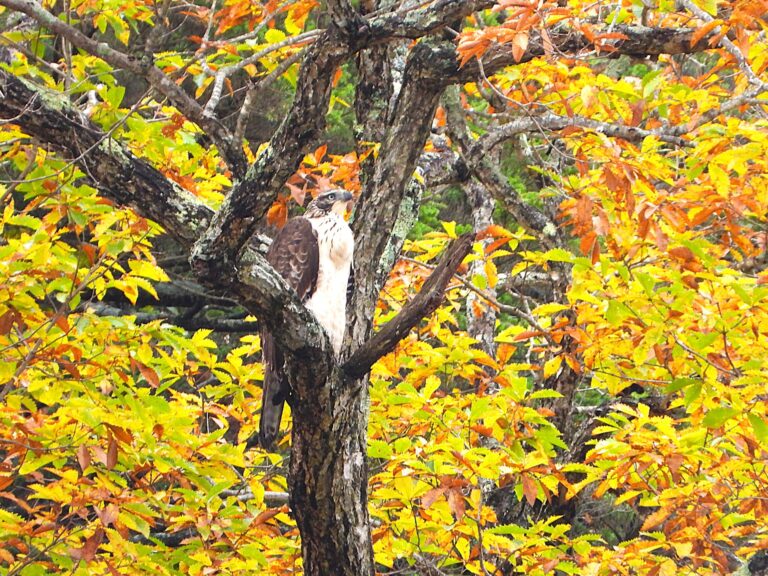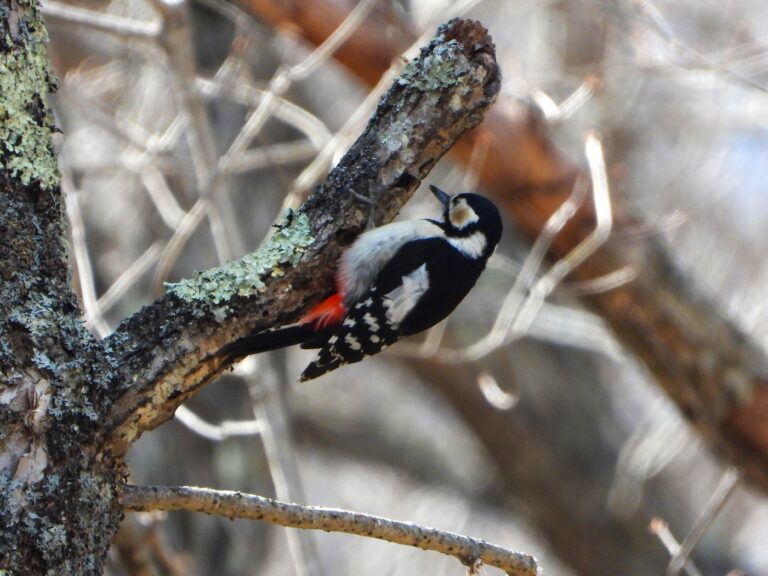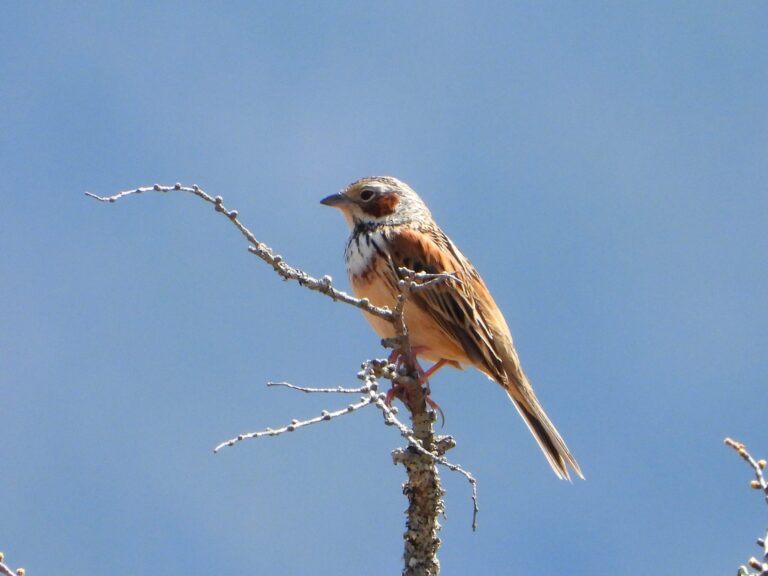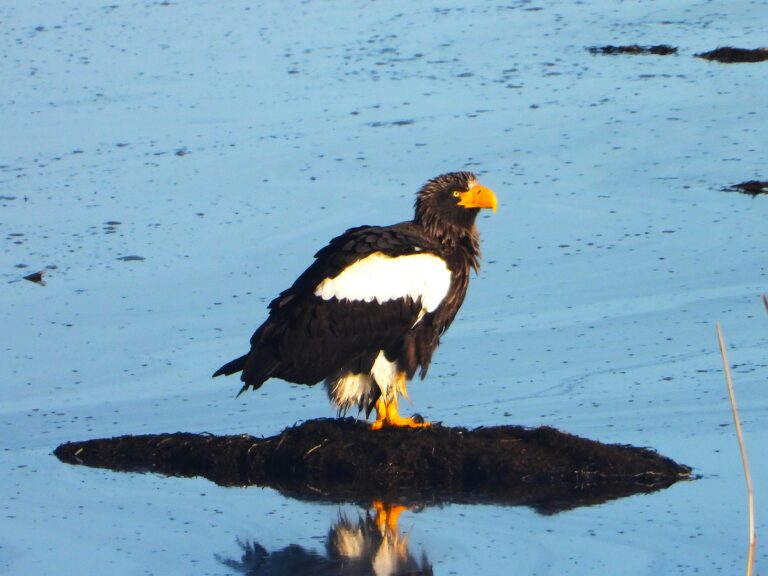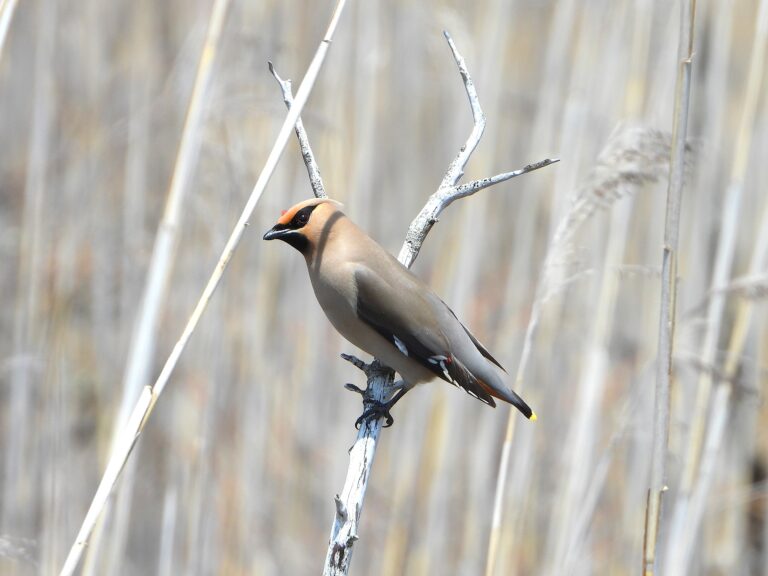Brown Dipper (Cinclus pallasii) – Wildlife of Japan
Introduction
The Brown Dipper is a chocolate-brown songbird that thrives in fast-moving mountain streams. Along clear, rocky rivers it bobs on stones, then slips under the current to hunt—one of Japan’s most distinctive river birds. Measuring 21–23 cm long, it ranks as the largest of the world’s dippers.
Appearance
This compact, short-tailed bird shows a uniform dark brown color, slightly paler on the back and breast. It has a stout bill, strong legs, and often holds its tail cocked while repeatedly dipping or bowing on streamside rocks. Juveniles display pale mottling on the throat and belly.
Habitat & Distribution
The Brown Dipper lives along clear, fast-flowing mountain and hill streams with boulders, riffles, and small waterfalls. It stays year-round across Japan, from Hokkaidō through Honshū, Shikoku, and Kyūshū to Yakushima. Some individuals move slightly downstream in winter where water remains unfrozen.
Where to See in Japan
Look for this bird along rocky, clear streams in mountain valleys throughout Japan. Check large stones, low weirs, and bridge undersides. Its sharp “bit, bit” calls often echo above the sound of rushing water. They can often be spotted near clean rivers in national parks such as Kamikōchi or Nikko.
Behavior
Brown Dippers walk along streambeds and “fly” underwater with half-spread wings while foraging among stones and aquatic plants. They often bob on exposed rocks and fly swiftly and low along the river course.
Diet
They feed mainly on aquatic insect larvae—especially caddisflies (Trichoptera), stoneflies (Plecoptera), and mayflies (Ephemeroptera)—but also take small fish or other stream creatures when available.
Reproduction
Pairs begin courtship and nest-building as early as January, with breeding generally from February to June. They build a domed moss nest close to the water, often inside rock crevices, behind small waterfalls, or under bridges. Females lay 4–6 eggs per clutch. Incubation lasts about 15–16 days, and the young fledge roughly three weeks after hatching.
Conservation
Globally, the Brown Dipper remains of Least Concern with a wide Asian range. In Japan, however, surveys report local declines where rivers have been dammed, straightened, or polluted—reducing aquatic insects and nesting spots. Protecting clean, free-flowing streams is essential for their survival.
Author’s Impression
A dipper embodies the spirit of mountain rivers—bobbing on a boulder, diving into whitewater, then reappearing downstream. Waiting quietly beside a small waterfall may reward you with a close glimpse as it patrols its rushing domain.

